An Urgent Call to Action: A Note from a Weary Time Traveler:
This isn’t just a blog, it’s a blunt observation from someone who has journeyed through many, many years in theatre. I’m trying to spark a dialogue about how we can prevent the performing arts from slipping into irrelevance. We’ve had our time; it’s now up to the next generations to build upon our foundation. In doing so, they’ll give us the thrilling chance to be young again, experiencing something fresh and different for the first time. Who doesn’t love that?
The Timeless Importance of Theatre
Leonardo da Vinci famously said, “Art is the queen of all sciences, communicating knowledge to all the generations of the world.” That’s always resonated with me, especially after years of teaching theatre (my back can vouch for that!). It never ceased to amaze me how many students had never experienced live theatre. Movies, TV marathons, concerts, sports—even WWE wrestling? Sure. But theatre? For many, their sole experience was limited to a fourth-grade holiday pageant, complete with bathrobes, droopy elastic-band beards, and parents snapping blurry photos from gymnasium bleachers.
The Loss of Childlike Imagination
I vividly remember third grade at Immaculate Heart of Mary, a school taught (or perhaps dictated) by nuns who seemed ancient and mildly terrifying. My buddies and I created an elaborate world of adventure right on the playground. We discovered a mysterious door leading to what we believed was the secret “Nun House,” an alien fortress. This door had a magical button we used during games of tag. Pressing the button activated our “alien invisibility shield,” safely hiding us from aliens (and classmates). As it turned out, our magical shield activation was actually ringing the convent doorbell repeatedly. Unsurprisingly, the nuns weren’t thrilled. One unforgettable afternoon, Sister Janet emerged from that door with her ground-dragging arms and dragon-like breathing. She stared at us, clearly unimpressed by our “invisibility shield,” and bluntly revealed the horrifying truth: “You are not in a secret chamber. You are at our door, ringing our doorbell. Stop now, or detention awaits.” Frozen in shock, we slowly slunk away, fully believing she had destroyed our invisible fortress with her sheer presence (and we swear we saw flames).
Despite such humorous mishaps, as young kids, our endless capacity for imagination and make-believe remained intact. We joyfully performed in front of parents, family, and friends without fear. Yet somehow, by the time we hit high school, that fearless joy often faded, replaced by self-consciousness, peer pressure, and anxiety about performing.
Rediscovering Theatre’s Magic
Still, when we could get those teenagers to step onto a real stage for the first time, often nudged by curious friends or overly enthusiastic teachers, something magical happened again. Opening nights were typically beautiful disasters: missed cues, forgotten lines, and costume mishaps galore. Yet, all they recalled afterward was the roar of that first laugh, the thunderous applause, the electrifying rush of connection. Theatre quickly transitioned from “What is this?” to “How soon can we do this again?” A 26-year-old theatre designer, Julia Lawrence, captures this feeling well: “In a world overpowered by screens, live art can be such a powerful way to find understanding.”
“In a world overpowered by screens, live art can be such a powerful way to find understanding.”
Julia Lawrence
The Critical Inflection Point
Today, we’re at a critical crossroads. A 2022 Americans for the Arts study found a 43% decline in youth participation in theatre over the past decade. According to the National Endowment for the Arts, between July 2021 and July 2022, only 48% of adults attended at least one live arts event, while digital engagement soared to 82%.
Generation Z, who grew up completely immersed in digital culture, has its own unique ways of engaging with the arts. Often, the conversation boils down to my generation saying, “That’s not how it’s done,” and younger generations responding simply, “OK, then I won’t do it.” Emily, our Ludus Outreach Specialist and a Gen Z theatre major (who seldom agrees with me on what constitutes “good theatre”), shared her perspective: “I was drawn to theatre because of the way it sparked conversation… Gen Z loves a conversation they feel they can be a part of. They are passionate about the world and breaking tradition. In each show I performed in college, I got to think about what conversation we wanted the audience to have.” Let’s reframe the conversation, shall we?
What is at Risk
Without innovation, theatre risks becoming as obsolete as pogo sticks, boomboxes, acid-washed jeans, and Betamax–once-popular trends that vanished as technology evolved. As Sir Ken Robinson, known for his famous TED Talk advocating creativity in schools, said, “The arts are not a frill. The arts are a response to economic and social challenges.” Change now, or risk theatre becoming mere nostalgia.

Practical Solutions for Community Theatres
Fortunately, community theatres have practical, exciting, and budget-friendly options to engage younger audiences, enhance revenue, and build community:
Multi-Generational Productions: I enjoyed working with the Okemos Barn Theatre when I was younger. At Okemos Barn, kids played kids and adults played adults. The adults served as stand-in parents, mentors, crazy aunts, and uncles who genuinely cared about us. They patiently taught us wisdom, skills, and techniques from an earlier time, like how to properly wear suspenders or style hair to survive a monsoon (the answer is Brylcreem and Aquanet), and we, in turn, shared our youthful enthusiasm. It was feeling seen and appreciated for the unique gifts of all ages. It was symbiotic. And it was more than just doing a play; it was building community. That’s why selecting multi-generational scripts and running mentorship programs boosts community ties, ticket sales, and audience diversity.
Flexible Ticketing: MCC Theater in New York has implemented flexible ticketing options, including rush tickets and student discounts, to enhance accessibility and attract diverse audiences. Local theatres can implement last-minute discounts, flexible passes, or “pay-what-you-can” nights. These methods fill seats and boost income, making theatres financially sustainable.
Hybrid Performances: The Little Theatre of Alexandria, VA, expanded digitally, significantly increasing its viewership by sharing behind-the-scenes content online. Partnering with local schools or volunteers for digital content creation can attract broader audiences and additional revenue streams. Let people buy into the experience through things like Instagram takeovers and live backstage videos, giving them a glimpse into the show beyond the spotlight. When audiences connect with the process, they’re more eager to show up for the final product.
Micro-Theatre: Michigan’s Lighthouse Actors Company’s “Tiny Theatre” attracted diverse audiences by performing affordable (and often company-written) short plays in unconventional spaces. This approach reduced overhead and built community buzz. They didn’t charge for the performances but built a new generation of artists who continued their participation in traditional shows while embracing a change that allowed younger people to create and innovate.
Interactive Experiences: Interactive formats such as improv nights or mystery dinners involve audiences directly. Sometimes, that interactivity isn’t planned, making it even more exciting. During “Inherit the Wind,” as a young teacher playing a teacher, I literally brought down the house. Well, a whole downtown, more accurately. As I ran off stage in my final and play-ending moment of victory, I accidentally kicked a metal chair (I still don’t know who was sitting ON the set) that knocked down a support post, causing an entire set to slowly and dramatically crash to the stage, as the audience sat there entranced. After an uncomfortable silence, and the dust literally settling, the lead actor, a seasoned lawyer, calmly waited for the dust to settle and brilliantly improvised: “The Lord works in mysterious ways.” The audience erupted in laughter and applause, turning a disaster into an unforgettable bonding experience. Community theatres can leverage spontaneity to deepen audience engagement.
Nostalgia and Digital Engagement: Gen Z loves nostalgia. Consider incorporating popular cultural elements from previous decades, like those famously revisited in Netflix’s Stranger Things. Use platforms where Gen Z naturally congregates, such as TikTok and Instagram, to give engaging, behind-the-scenes insights, further increasing audience reach and participation. By the way, nostalgia isn’t just doing a period show with cool costumes, although who doesn’t love a good pair of pumpkin breeches, it is about capturing the feeling and mystery of a time other than ours. It is an escape.
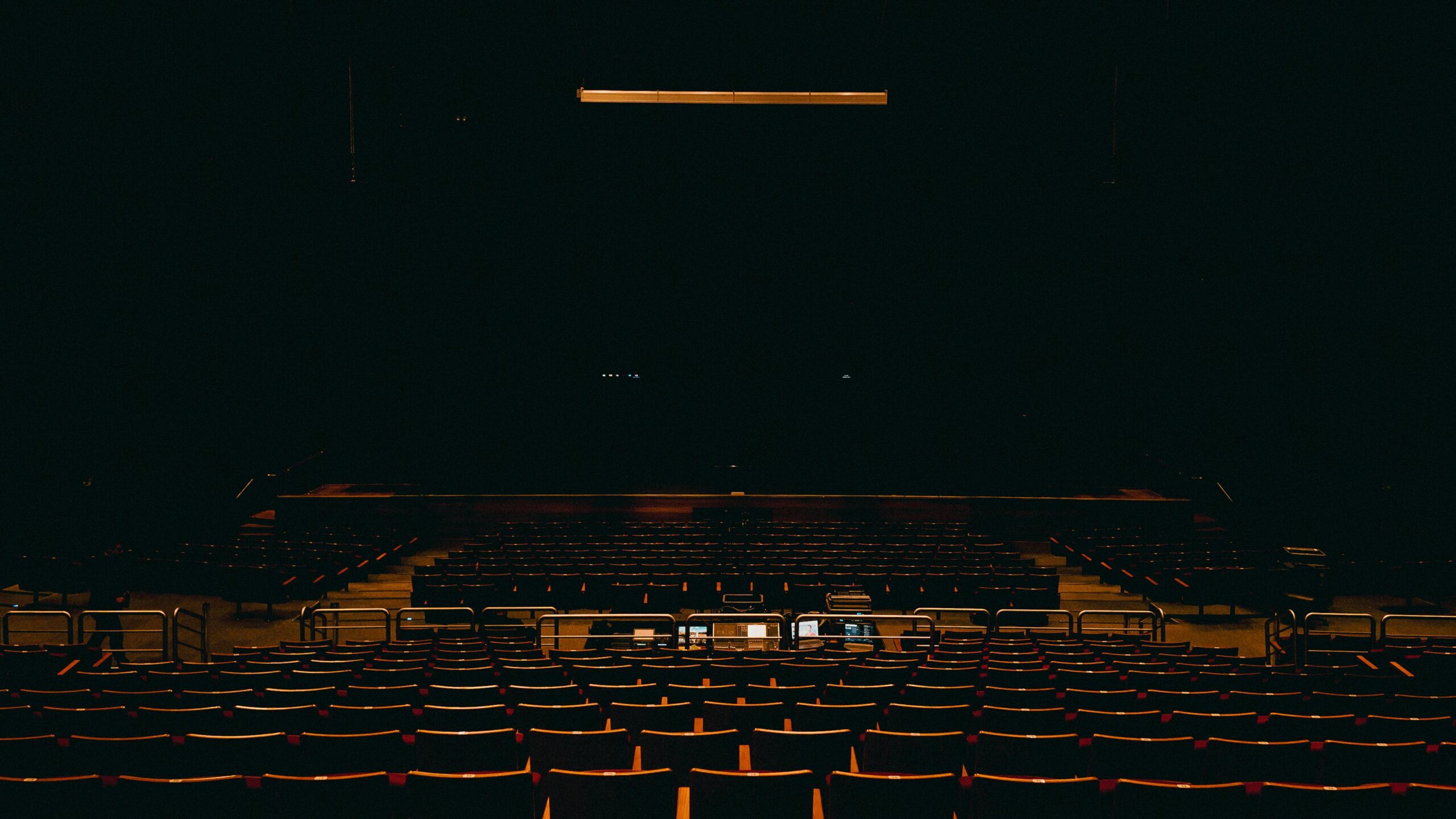
When They Take the Stage: Gen Z as Creators
The Creative Arts Team’s CAT Youth Theatre in New York City demonstrates innovative youth engagement. Their free program empowers teenagers to devise original productions addressing pressing social issues. Founder Helen White emphasizes, “They have so much to say. Many of them have incredibly brilliant ideas.” Programs like these highlight the power of giving youth a voice in theatre, enhancing creativity, inclusivity, and community involvement. A student participant, Maya, shared: “Creating our own plays gave us confidence and showed us our voices matter. Theatre helped me find myself.”
History Doesn’t Lie
Engaging younger audiences has always been challenging—Pablo Picasso famously remarked, “Every child is an artist. The problem is how to remain an artist once he grows up.” Cultural commentator Eric Hobsbawm observed that youth culture had become more than just a step toward adulthood; it was a distinct and crucial life stage. Theatre has continuously evolved, adapting to societal shifts and audience needs, and it must continue to do so.
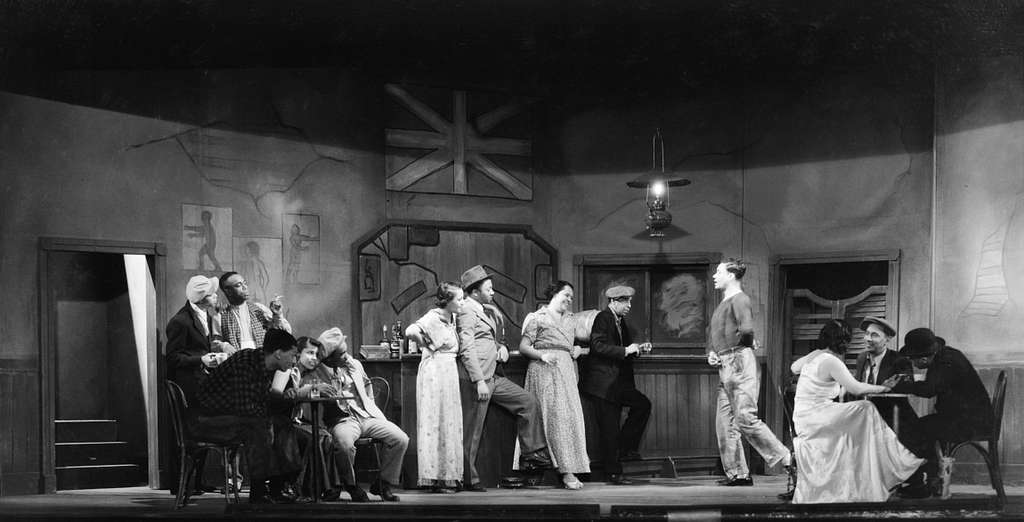

Your Turn to Act
These are my observations; prove me wrong, agree, or add your ideas. Theatre’s future depends on open conversations, experimentation, and creative chaos.
Ask yourself: Can your theatre afford not to innovate? Change is intimidating but vital. Theatre must evolve to avoid fading into nostalgia—ignite your future today. Theatre thrives through evolution, revitalizing relevance without losing tradition. As Julie Andrews, and who can argue with Mary Poppins, said, “The arts make a bridge across this world in ways that nothing else can.” Let’s strengthen that bridge together, welcoming every generation with open hearts, open minds, and plenty of laughter.
Dear Gen Z: We See You. Here’s Our Ask.
You have more power than you realize.
The future of theatre isn’t just in your hands—it’s already on your stages, in your stories, and in the way you connect with each other online.
We need your creativity. Your discomfort with “how it’s always been.” Your willingness to spark the hard conversations.
But we also need your commitment.
If you want theatre to change, stay in it.
Learn the history. Challenge it. Break the rules. Make new ones.
You don’t have to love what came before. But know it.
Then change it—loudly if you must, thoughtfully if you can.
Just don’t ghost us.
Theatre will become what you make it.
You don’t need permission.
Take the stage.
One response to “Gen Z in Row G: How to Make Theatre Matter to the TikTok Generation”
-
I like your line, and I parapharse; “Let’s turn the experience into conversation.” Really what live performances as well as music, movies, television, internet shows, all are designed to create a conversation or they die.
Thank you for stating it so succinctly.
Buddy Mix
Dragulamusical.com
Executive Producer
Composer

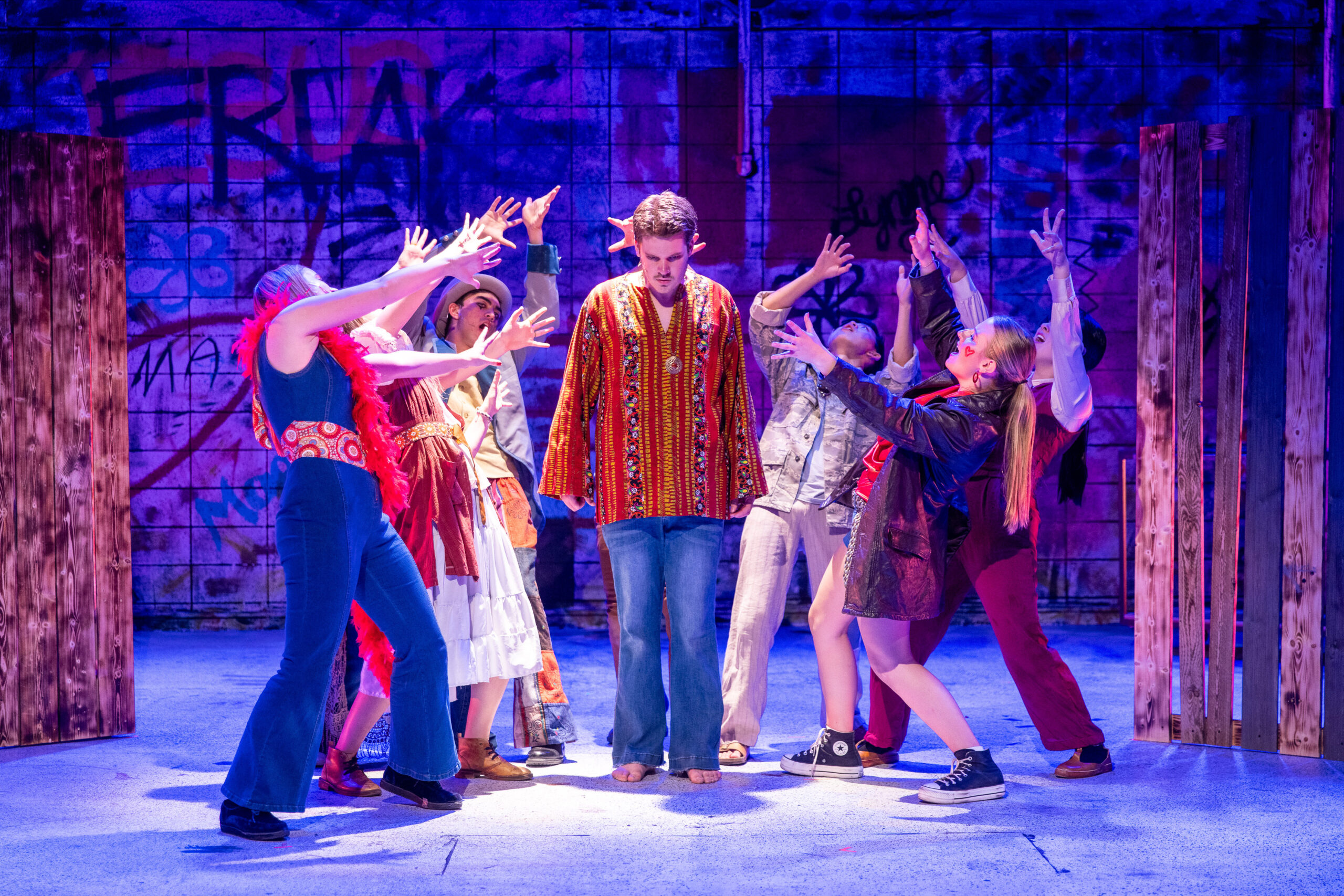
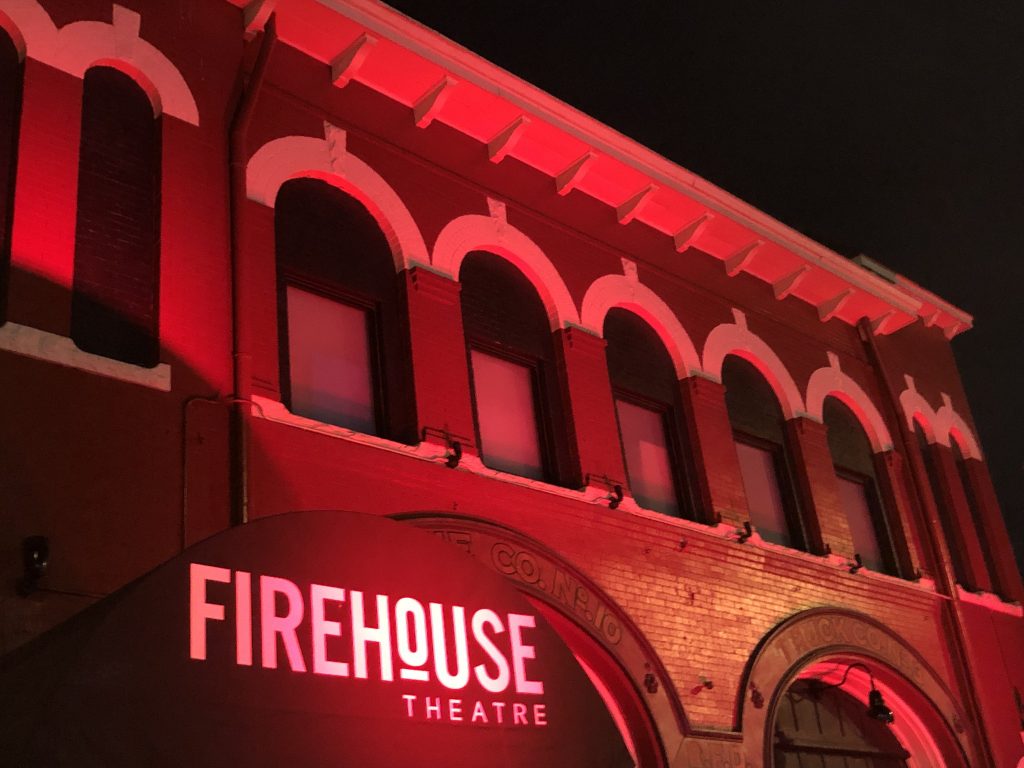

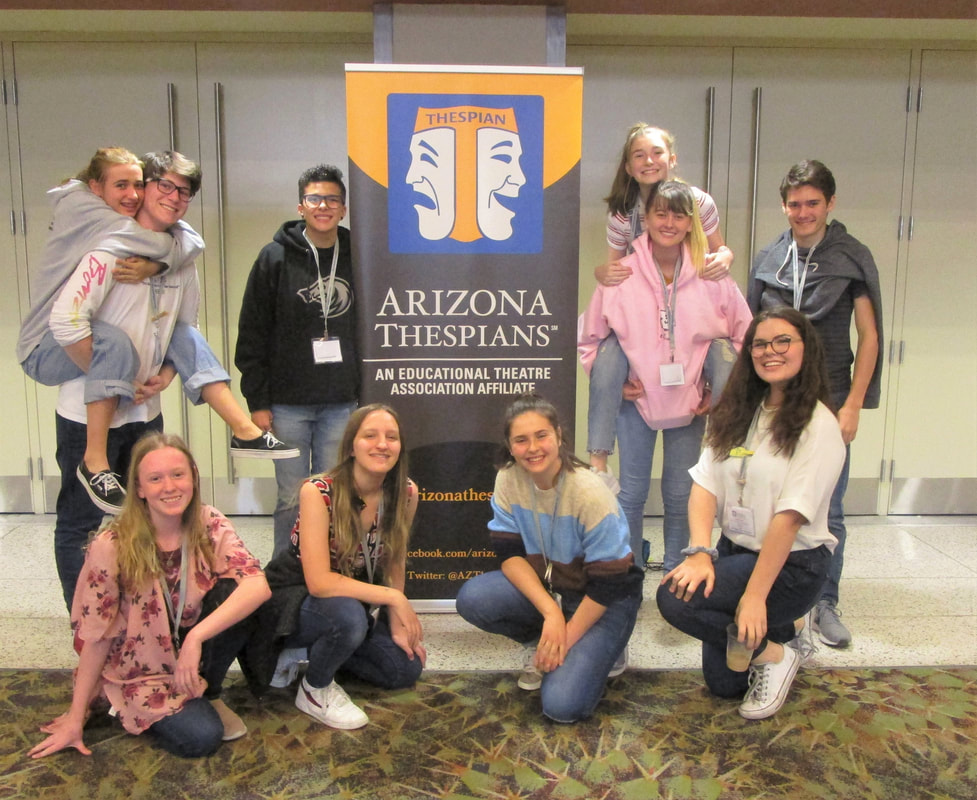
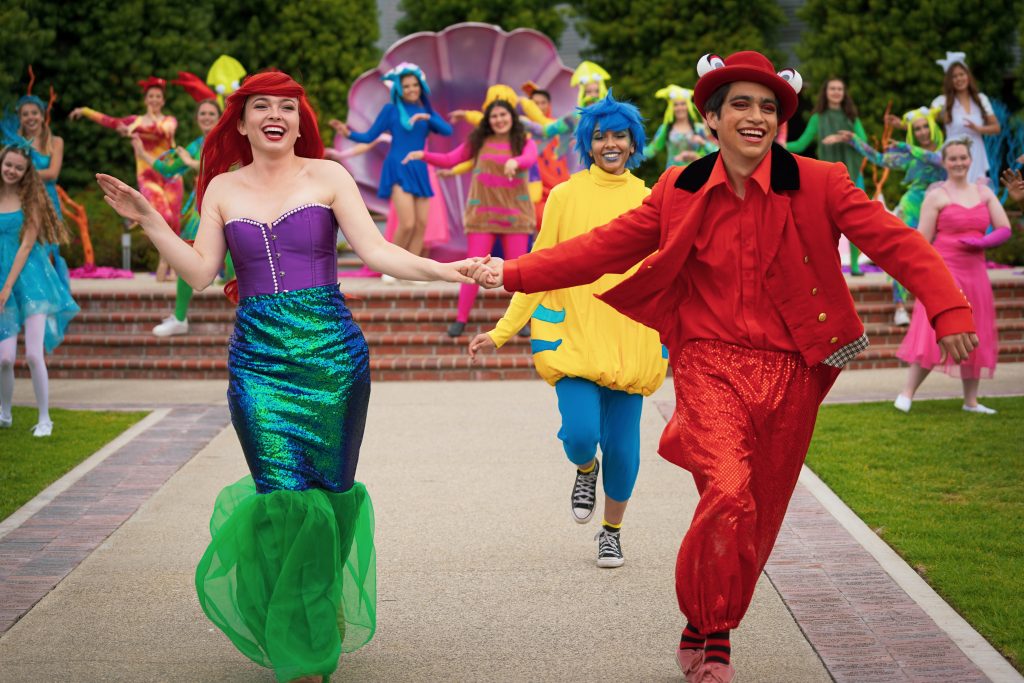
Leave a Reply